Rank Species | Genus Persicaria Higher classification Knotweeds | |
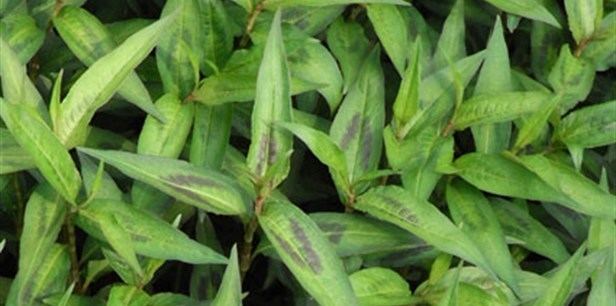 | ||
Similar Water, Sugar, Nem, Nộm, Culantro | ||
Arrival of vietnamese coriander persicaria odorata and lemon verbena
Persicaria odorata, the Vietnamese coriander, is an herb whose leaves are used in Southeast Asian cooking. Other English names for the herb include Vietnamese mint, Vietnamese cilantro, Cambodian mint, hot mint, laksa leaf, and praew leaf. Its Vietnamese name is rau răm, while in Indonesia, Malaysia, and Singapore it is called daun kesum, daun kesom, or daun laksa. In Thailand, it is called phak phai (ผักไผ่) and the Hmong word for it is luam laws. In Laos, it is called phak phaew (ຜັກແພວ), and in Cambodia chi krasang tomhom (ជីរក្រសាំងទំហំ) or chi pong tea koun (ជីរពងទាកូន). In North-East India, Manipur state uses this as garnishing herb over various cuisines such as Eromba and Singju. Meiteis called it as phak-phai.
Contents
- Arrival of vietnamese coriander persicaria odorata and lemon verbena
- Persicaria odorata
- Food uses
- Characteristics
- Components
- Traditional uses
- References
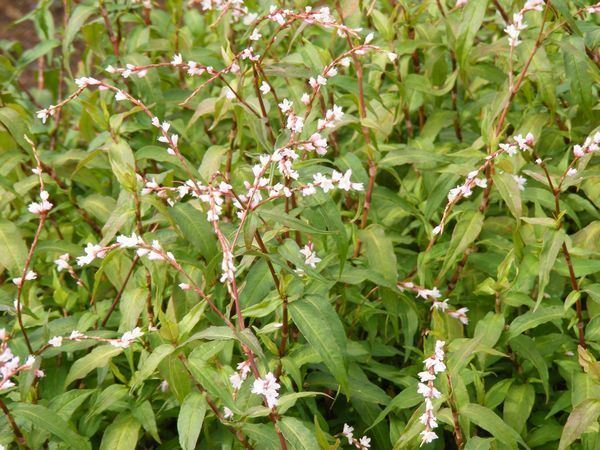
It is neither related to the mints, nor is it in the mint family Lamiaceae but the general appearance and odor are reminiscent of them. Persicaria is in the family Polygonaceae, collectively known as smartweeds or pinkweeds.
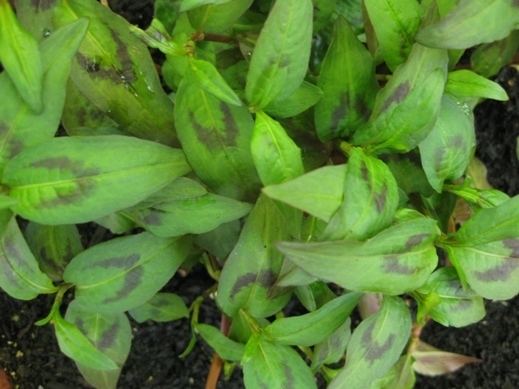
Persicaria odorata
Food uses
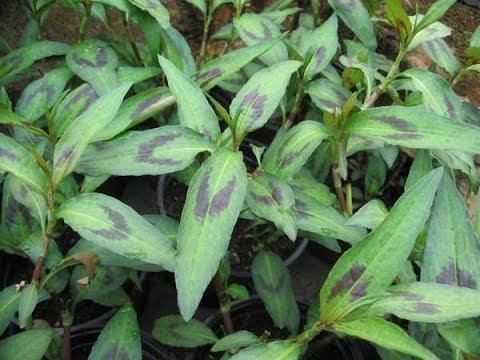
Above all, the leaf is identified with Vietnamese cuisine, where it is commonly eaten fresh in salads (including chicken salad) and in raw gỏi cuốn, as well as in some soups such as canh chua and bún thang, and stews, such as fish kho tộ. It is also popularly eaten with hột vịt lộn (fertilized duck egg).
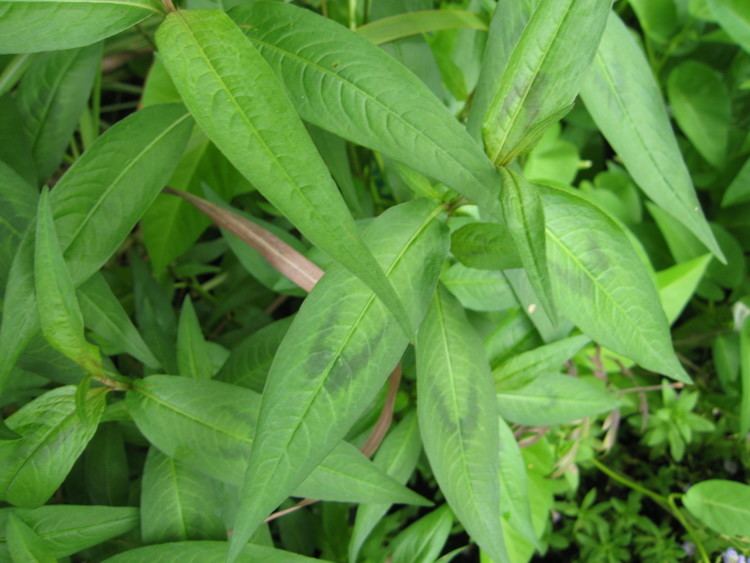
In the cuisine of Cambodia, the leaf is known as chi krasang tomhom (ជីរក្រសាំងទំហំ) and is used in soups, stews, salads, and the Cambodian summer rolls, naem (ណែម).
In Singapore and Malaysia, the shredded leaf is an essential ingredient of laksa, a spicy noodle soup, so much so that the Malay name daun laksa means "laksa leaf". In Malaysia the leaf is also used for the dishes nasi kerabu and asam pedas.
In Laos and certain parts of Thailand, the leaf is eaten with raw beef larb (Lao: ລາບ).
In Australia, the plant is being investigated as a source of essential oil (kesom oil).
Characteristics
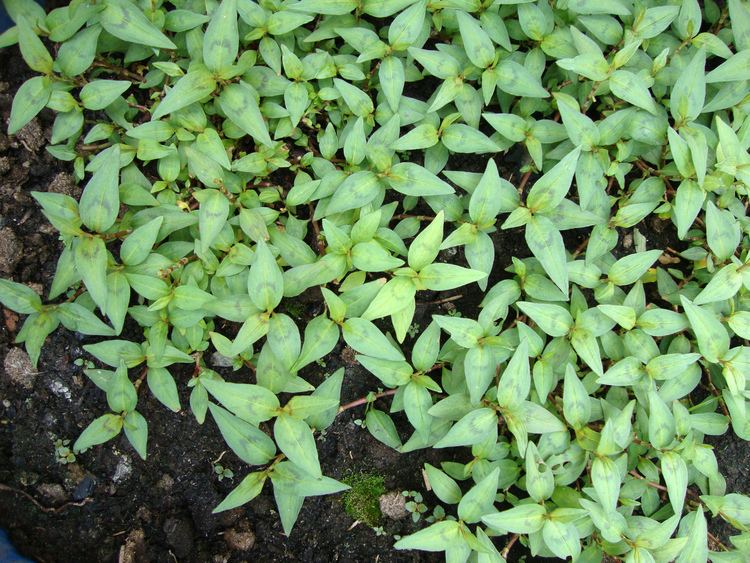
The Vietnamese coriander is a perennial plant that grows best in tropical and subtropical zones in warm and damp conditions. In advantageous conditions, it can grow up to 15–30 cm (5.9–11.8 in). The top of its leaf is dark green, with chestnut-colored spots, while the leaf's bottom is burgundy red. The stem is jointed at each leaf. In Vietnam, it can be cultivated or found in the wild. It can grow very well outside in summer in nontropical Europe. It prefers full sun and well-drained soil. It should be brought inside for winter and treated as a house plant. It rarely flowers outside the tropics.
Components
Its oil contains aldehydes such as decanal (28%) and dodecanol (44%), as well as the alcohol decanol (11%). Sesquiterpenes such as α-humulene and β-caryophyllene comprise about 15% of its oil.
C-Methylated homoisoflavanones (3-(4'-methoxy-benzyl)-5,7-dihydroxy-6-methyl-8-methoxy-chroman-4-one, 3-(4'-methoxy-benzyl)-5,7-dihydroxy-6,8-dimethyl-chroman-4-one, 3-(4'-hydroxy-benzyl)-5,7-dihydroxy-6,8-dimethyl-chroman-4-one, 3-(4'-hydroxy-benzyl)-5,7-dihydroxy-6-methyl-8-methoxy-chroman-4-one and 3-(4'-hydroxy-benzyl)-5,7-dihydroxy-6-methyl-chroman-4-one) can be found in the rhizomes of P. odoratum.
Traditional uses
No scientific studies have measured P. odorata's effects on libido. Traditionally, in Vietnam, the herb is believed to repress sexual urges. A saying in Vietnamese states, "rau răm, giá sống" ("Vietnamese coriander, raw bean sprouts"), which refers to the common belief that Vietnamese coriander reduces sexual desire, while bean sprouts have the opposite effect. Many Buddhist monks grow coriander in their private gardens and eat it frequently, believing it helps them remain celibate.
